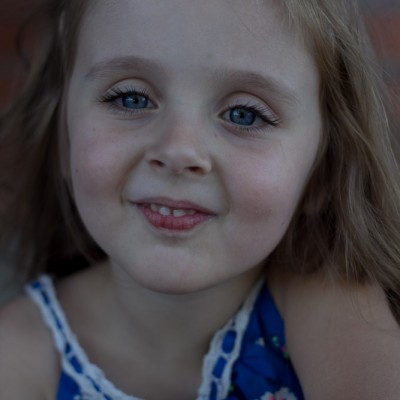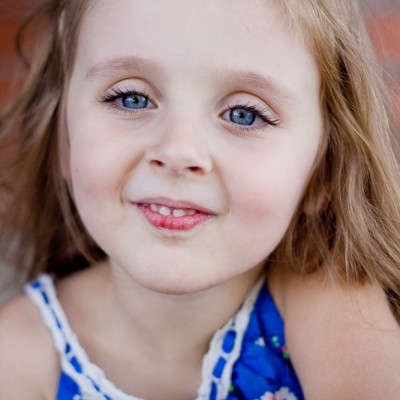Anatomy of Minimal Color Correction & Retouching – { Studio City Children’s Headshot Photographer }
What a camera does, in the way of measuring light, is to give you a correct exposure. It gives you a mathematically correct photo. Here’s where a photographer comes in: technically correct is not necessarily aesthetically pleasing. Everyone has a camera, so it’s so easy and to assume that it’s better and more expensive equipment that makes the difference between an okay photo and a dazzling photo. Here is an example of why any decent photographer isn’t going to “shoot and burn”, to take a bunch of photos and turn around and hand them over with no culling, no post-processing. Just as photographers back in the day who shot on film had to go and to develop the film and make prints a specific way, adjusting things to make a great photo, so do digital photographers.
- SOOC – Straight out of the Camera
- Color Corrected Light Blemish Retouched Version
This example was from a recent photo session for a toddler girl’s acting/modeling headshot in Studio City. It was a great day, but quite sunny, so we shot most photos under the bough of some trees.
Notice that although the first photo is adequately exposed, meaning there is enough light in it, but the QUALITY of light is the issue. The light in the shade is slightly bluish, and the light is so soft that there is very little contrast. Once I warmed up the color temperature, her eyes pop naturally – no enhancement necessary. Contrast was tweaked as well. I lightened a few blemishes, but no major surgery – for children’s headshots, agents prefer or require natural looking shots of what a child actually looks like. The mole on her left cheek is a permanent feature, thus it was left alone.
For kids’ headshots, the aim is closer to really high quality snapshots than retouched portraits. Better than what you’d do on your own, but not overly “done”.
*Note: the unretouched picture on the left was shot in the RAW format, so picture is even less sharp or bright than an in camera JPEG would be, however, in camera JPEGs compress photos and lose information, so a lot of photographers shoot in RAW, which requires a little more post-processing, but ends up with higher quality photos.


